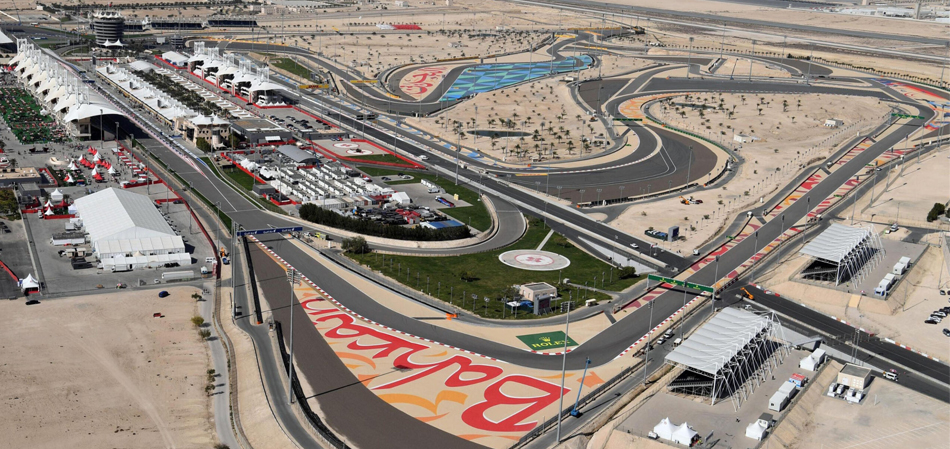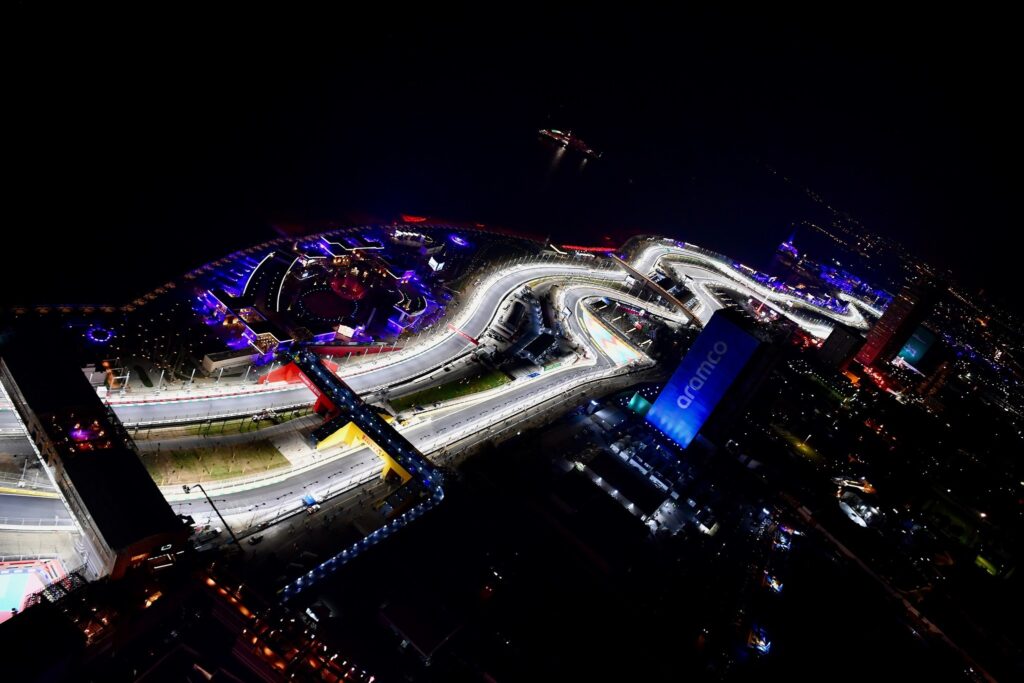Scuderia Ferrari has unveiled the 70th car it has built for the Formula 1 World Championship since 1950 – the SF-24. The latest racing car is also the third car of the new Formula 1 ground effect generation.
Changes to livery
At first glance, the new car is aesthetically very different to its predecessors, especially with the new livery. Following a positive reception in Las Vegas last November, white makes its return together with yellow – always Ferrari’s second colour – an evident link with Modena but also associated with the Maranello marque’s other main racing activity apart from Formula 1, namely the World Endurance Championship (WEC).
![Ferrari Sf-24 F1 [2024]](https://www.motaauto.com/wp-content/uploads/2024/02/Ferrari-Sf-24-F1-2024-3-1024x672.jpg)
As was the case last year, the SF-24 and the 499P used in the WEC share the same shade of red; again this year with a matt finish on the Formula 1 car. It’s not the first time that a Ferrari Formula 1 car has featured yellow, although the yellow longitudinal stripes have not been seen since 1968, while this year, for the very first time, it’s paired with white.
![Ferrari Sf-24 F1 [2024]](https://www.motaauto.com/wp-content/uploads/2024/02/Ferrari-Sf-24-F1-2024-2-1024x672.jpg)
![Ferrari Sf-24 F1 [2024]](https://www.motaauto.com/wp-content/uploads/2024/02/Ferrari-Sf-24-F1-2024-1-1024x672.jpg)
There is therefore less black on the car than in previous years, now restricted to the floor, the bargeboards, part of the halo and other small areas. The wheels are red with a double white and yellow stripe, these colours also featuring on the race numbers – 16 for Charles Leclerc and 55 for Carlos Sainz – which continue to use the Maranello marque’s official font, Ferrari Sans, this time in italics.
Easier car to drive
Work done on the SF-24 has been aimed at giving the two drivers a car that is easy to drive and that reacts predictably. The goal is to allow them to make the most of the power unit’s potential, combined with their skills behind the wheel.
![Ferrari Sf-24 F1 [2024]](https://www.motaauto.com/wp-content/uploads/2024/02/Ferrari-Sf-24-F1-2024-5-1024x672.jpg)
“With the SF-24, we wanted to create a completely new platform and in fact, every area of the car has been redesigned, even if our starting point was the development direction we adopted last year. We have taken on board what the drivers told us and turned those ideas into engineering reality, with the aim of giving them a car that’s easier to drive and therefore easier to get the most out of and push it to its limits. We did not set ourselves any design constraints other than that of delivering a strong and honest racing car, which can reproduce on the race track what we have seen in the wind tunnel,” said Enrico Cardile, Technical Director Chassis at Scuderia Ferrari.
![Ferrari Sf-24 F1 [2024]](https://www.motaauto.com/wp-content/uploads/2024/02/Ferrari-Sf-24-F1-2024-4-1024x689.jpg)
The SF-24 will run on track for the first time for filming, photographic and PR purposes and also commence shakedown exercises to allow the drivers to get an initial idea of how the real car behaves on track (they’ve already assessed it on the simulator in recent weeks).
Three rounds to run on Saturday
The busiest season ever, with no fewer than 24 races, gets underway next week in Bahrain with the only pre-season 3-day test session, followed by the first round of the 2024 championship at the same venue, on March 2.

Yes, March 2 is a Saturday and this year, the F1 calendar will have three rounds that will be run on Saturday instead of the usual Sunday. Two of these rounds will be in the Middle East – Bahrain and Saudi Arabia – and March will be the period of Ramadan which begins at sunset on March 9, the day of the race in Jeddah. To enable the teams to transfer their cars and personnel over to the second one in good time, the first round in Bahrain had to be moved earlier so there is an extra day on Sunday.

The third round to be held on Saturday will be in Las Vegas which will have a night race. The time is tricky since it has to be within the window that is also suitable to viewers in Europe, which is around 9 hours difference (later) than Las Vegas. Thus a 10 pm Saturday night race would be seen by people in Europe at around 7 am or 8am on Sunday morning, which should be acceptable.
Pirelli confirmed as F1 tyre-supplier for 2025 – 2027 championships
![Ferrari Sf-24 F1 [2024] Ferrari Sf-24 F1 [2024]](https://www.motaauto.com/wp-content/uploads/2024/02/Ferrari-Sf-24-F1-2024-6-696x457.jpg)
